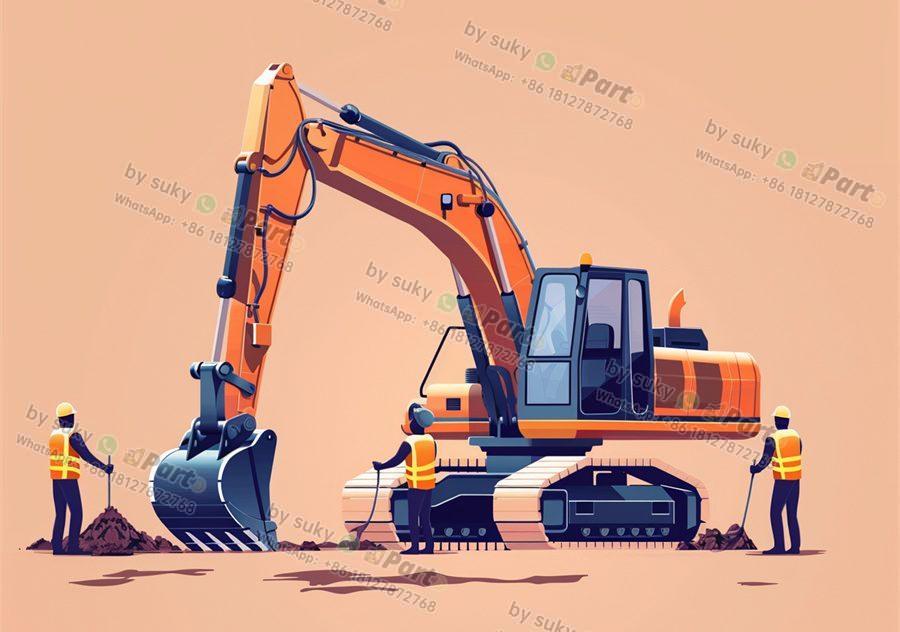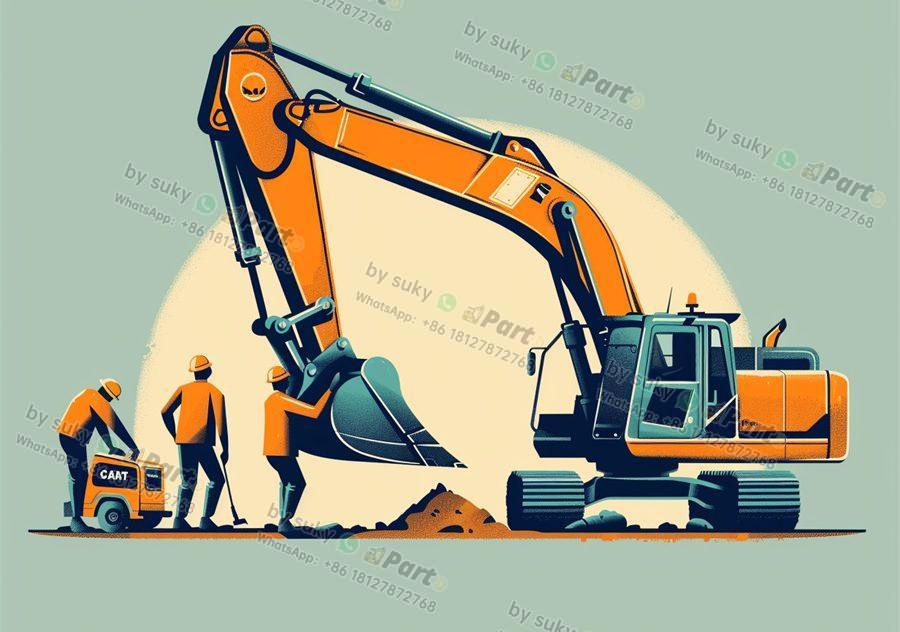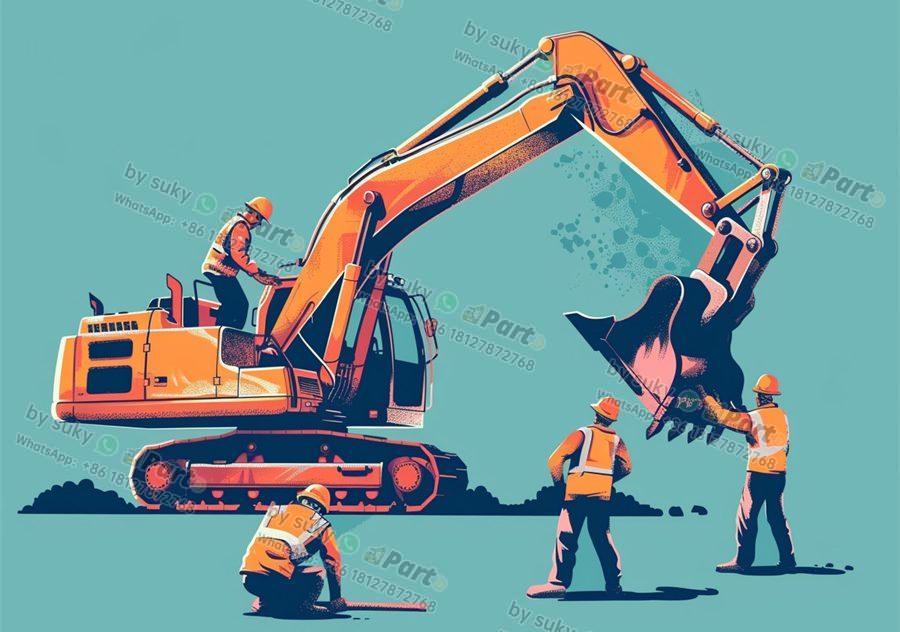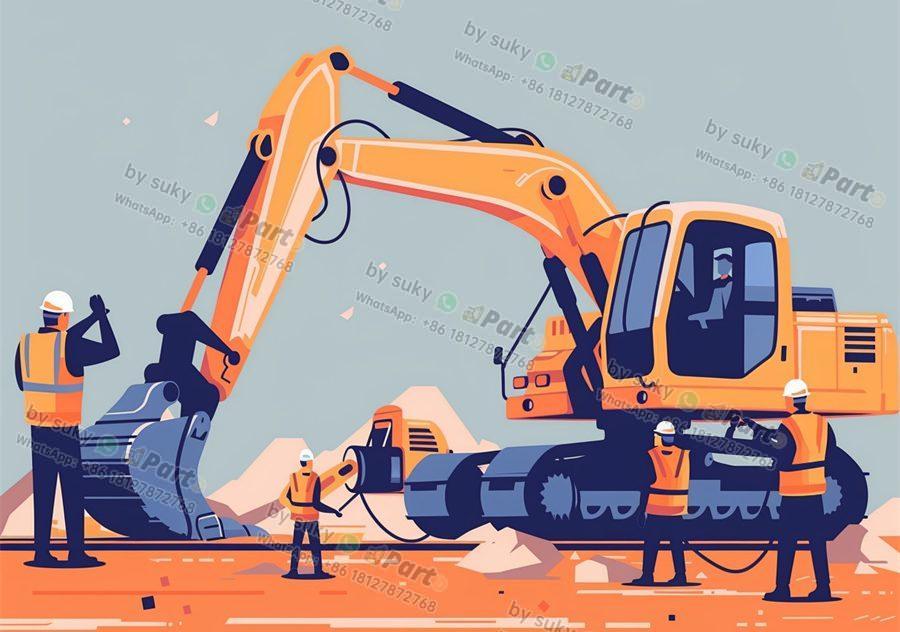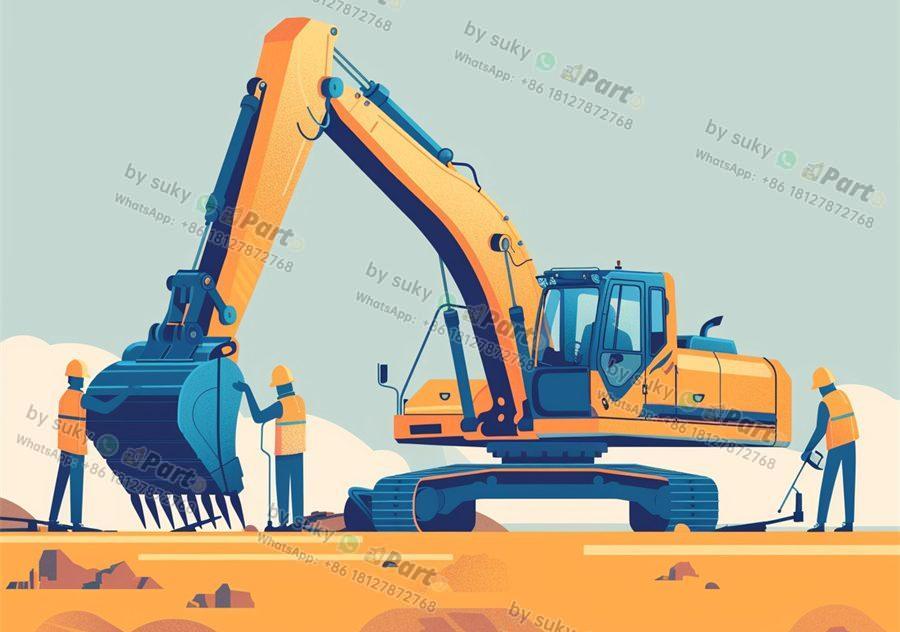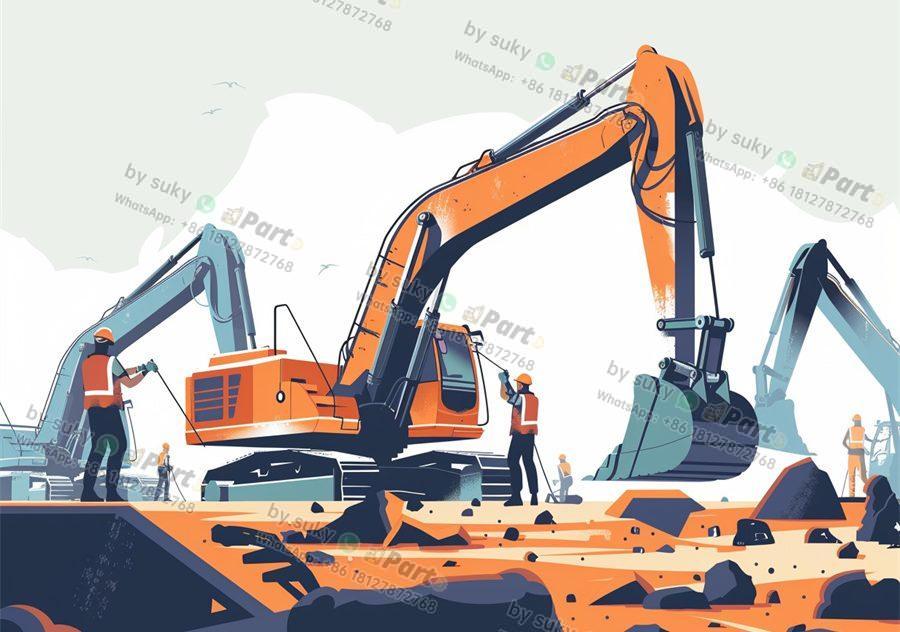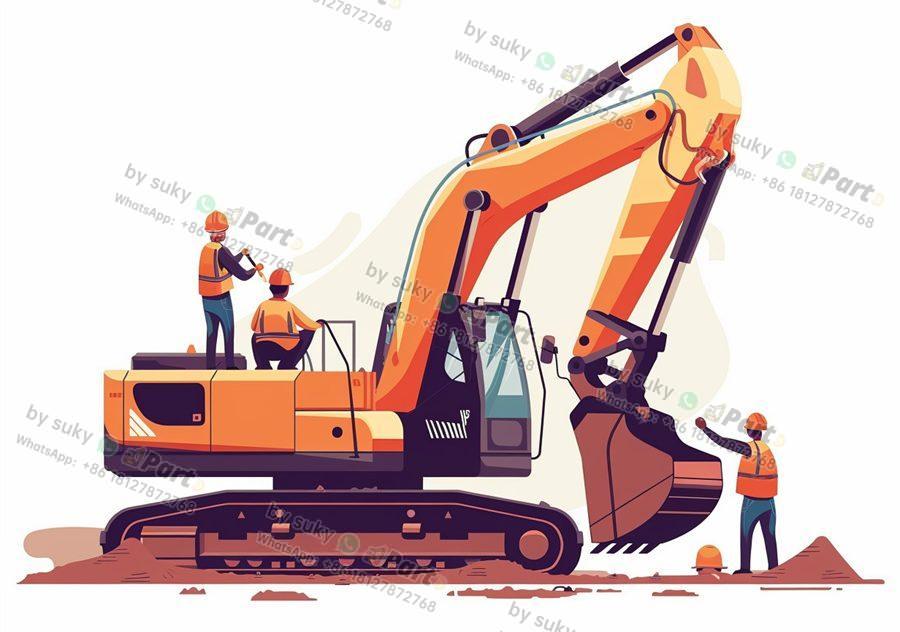When it comes to maintaining Volvo parts for longevity and performance, there are a few key tips that importers and dealers of construction vehicle parts should keep in mind. By following these tips, you can help ensure that your Volvo parts last longer and perform at their best.
Regular Maintenance and Inspections
One of the most important aspects of maintaining Volvo parts is to perform regular maintenance and inspections. This includes checking for any signs of wear and tear, ensuring that all components are properly lubricated, and replacing any parts that are showing signs of damage. By staying on top of maintenance and inspections, you can catch any potential issues early on and prevent more serious problems from arising.
Genuine Volvo Parts
When it comes to replacing parts on your Volvo construction vehicles, it is always best to use genuine Volvo parts. While aftermarket parts may be cheaper, they are not always of the same quality as genuine Volvo parts. Genuine parts are designed specifically for Volvo vehicles and have been tested to ensure optimal performance and longevity. Using genuine parts can help prolong the lifespan of your Volvo construction vehicles and reduce the risk of breakdowns.
Proper Storage and Handling
Another important aspect of maintaining Volvo parts is proper storage and handling. It is essential to store parts in a clean, dry, and climate-controlled environment to prevent damage from moisture, dust, and other contaminants. Additionally, parts should be handled with care to avoid any unnecessary wear and tear. By storing and handling parts properly, you can help ensure that they remain in optimal condition and perform at their best.
Regular Cleaning
Regularly cleaning Volvo parts is another important aspect of maintenance. Dirt, grease, and other contaminants can build up on parts over time, leading to performance issues and potentially causing damage. By regularly cleaning parts with the appropriate cleaning products, you can keep them in good condition and ensure that they continue to perform at their best.
In conclusion, maintaining Volvo parts for longevity and performance is essential for importers and dealers of construction vehicle parts. By following these key tips, such as performing regular maintenance and inspections, using genuine Volvo parts, properly storing and handling parts, and regular cleaning, you can help ensure that your Volvo parts last longer and perform at their best. Remember, proper maintenance is key to maximizing the lifespan and performance of your Volvo construction vehicles.

